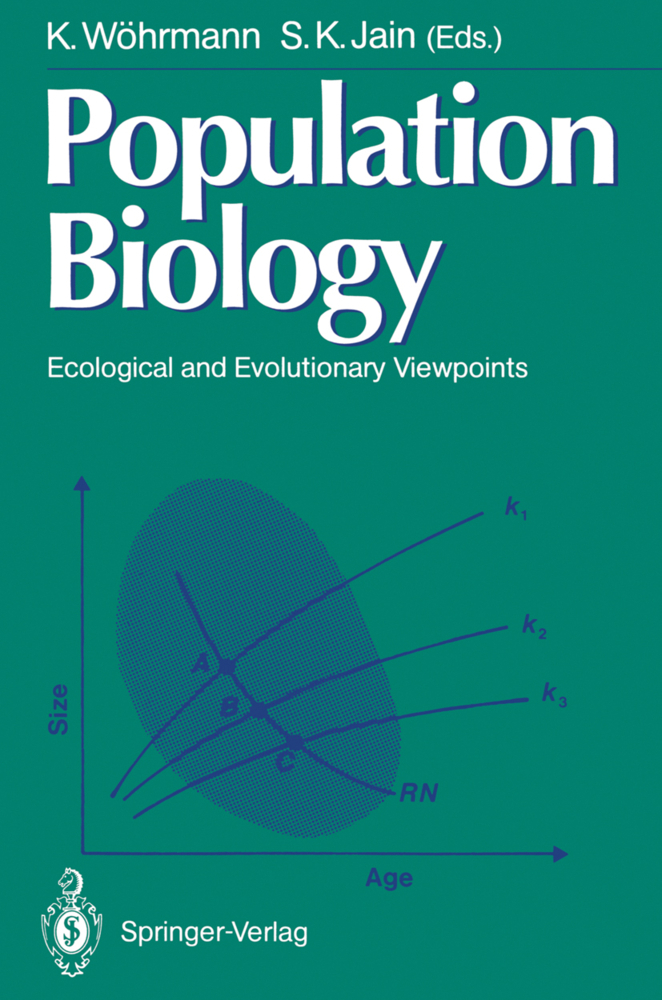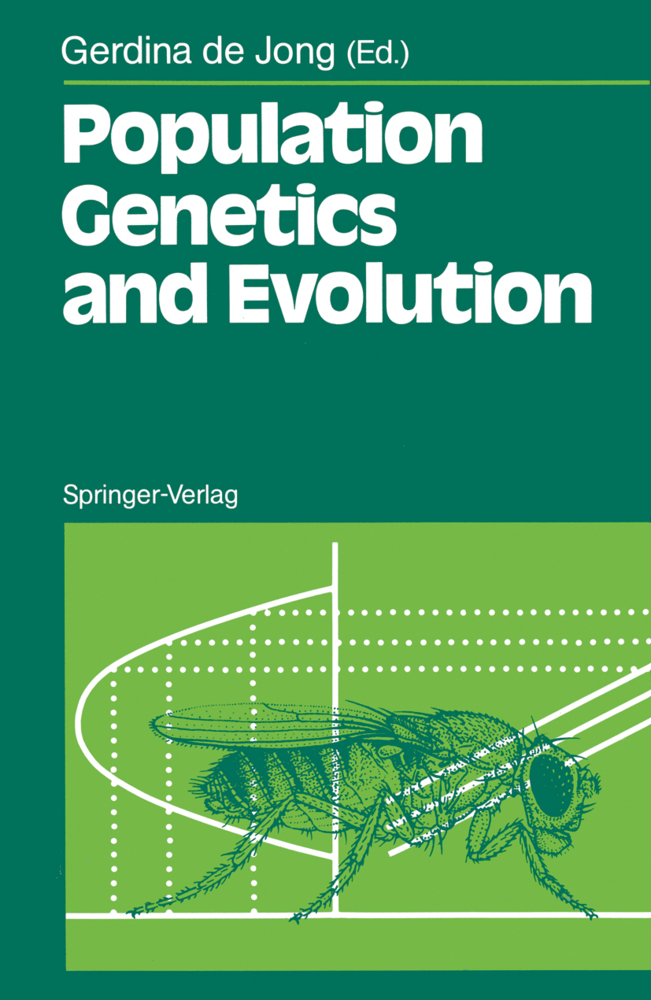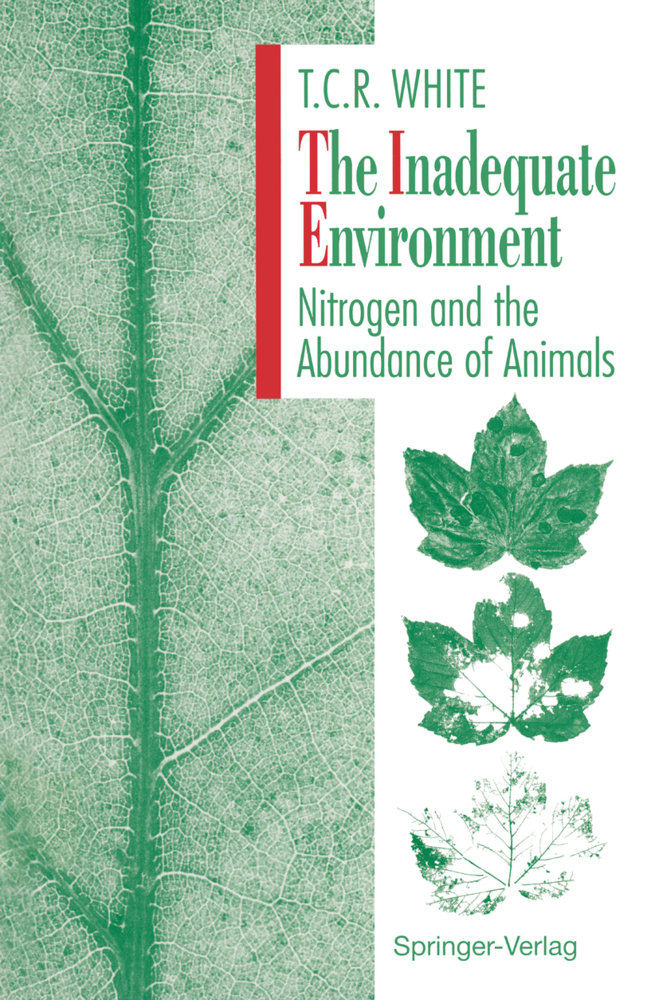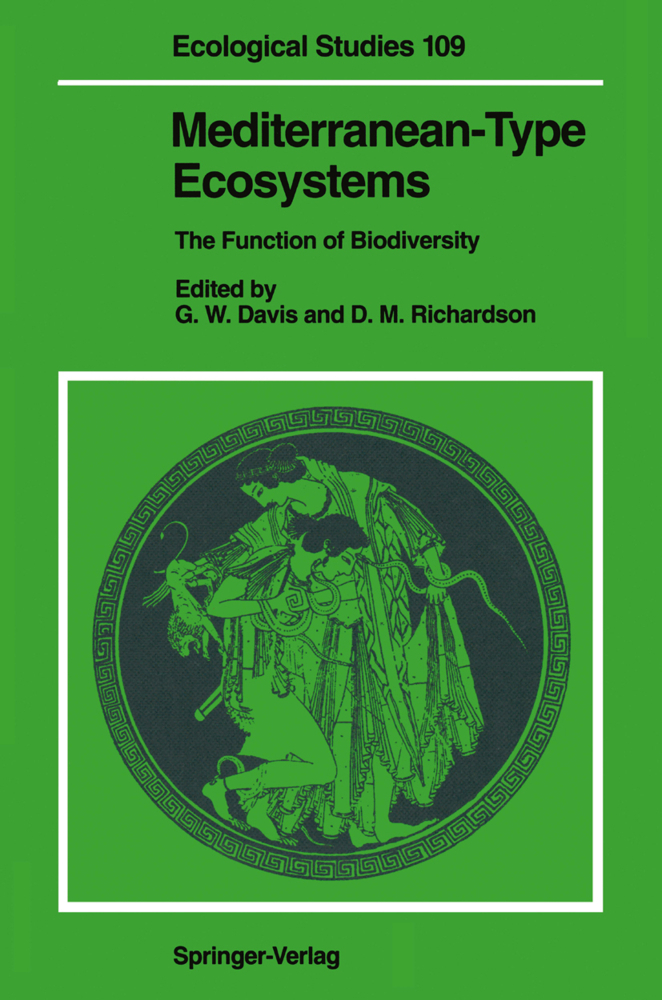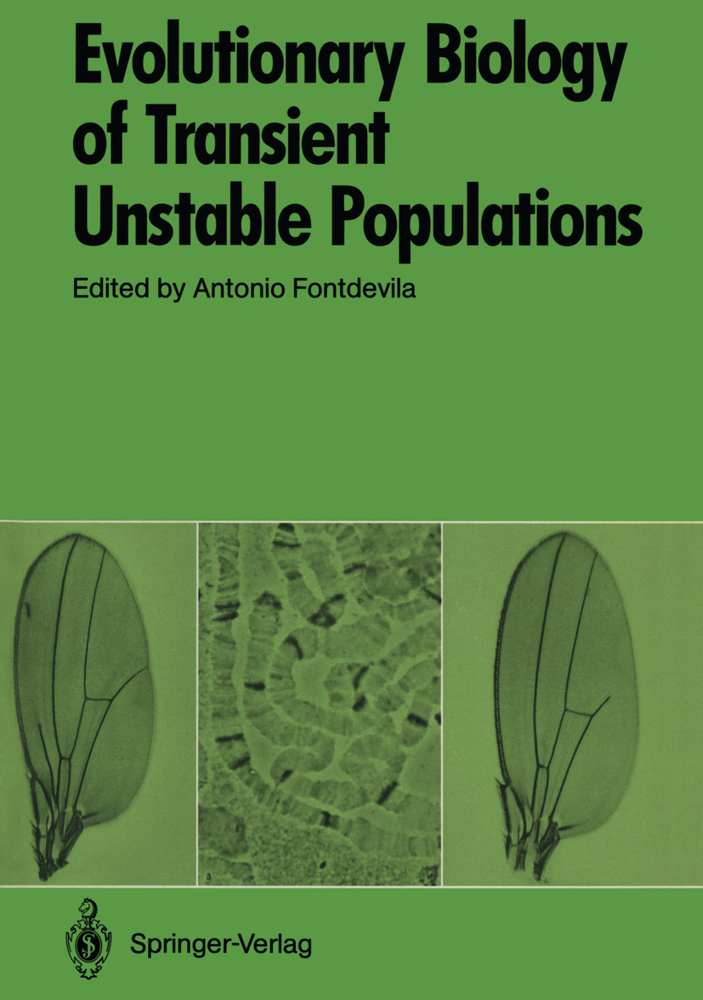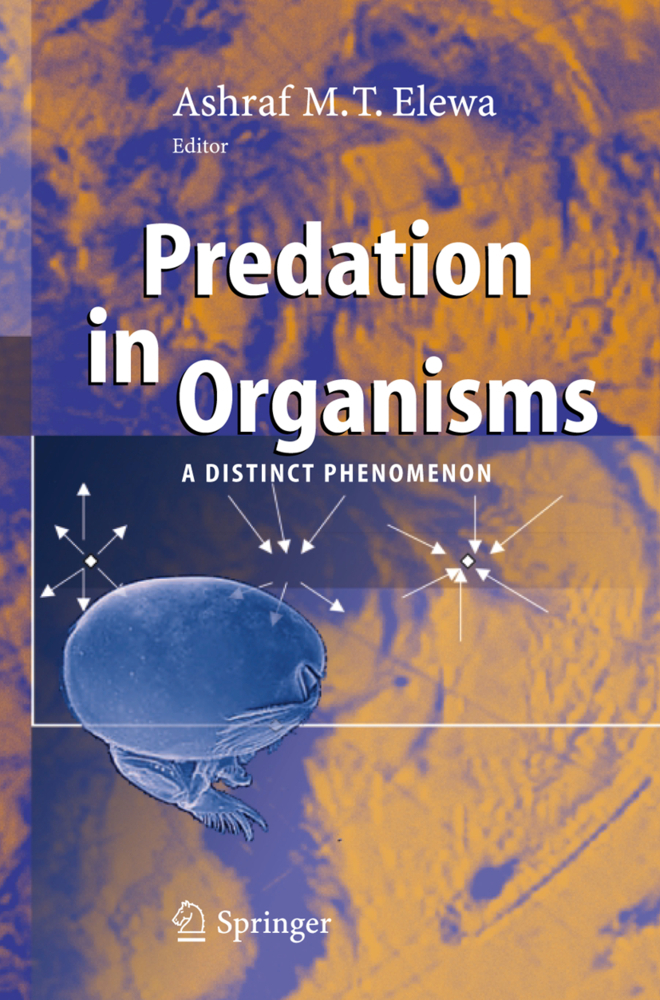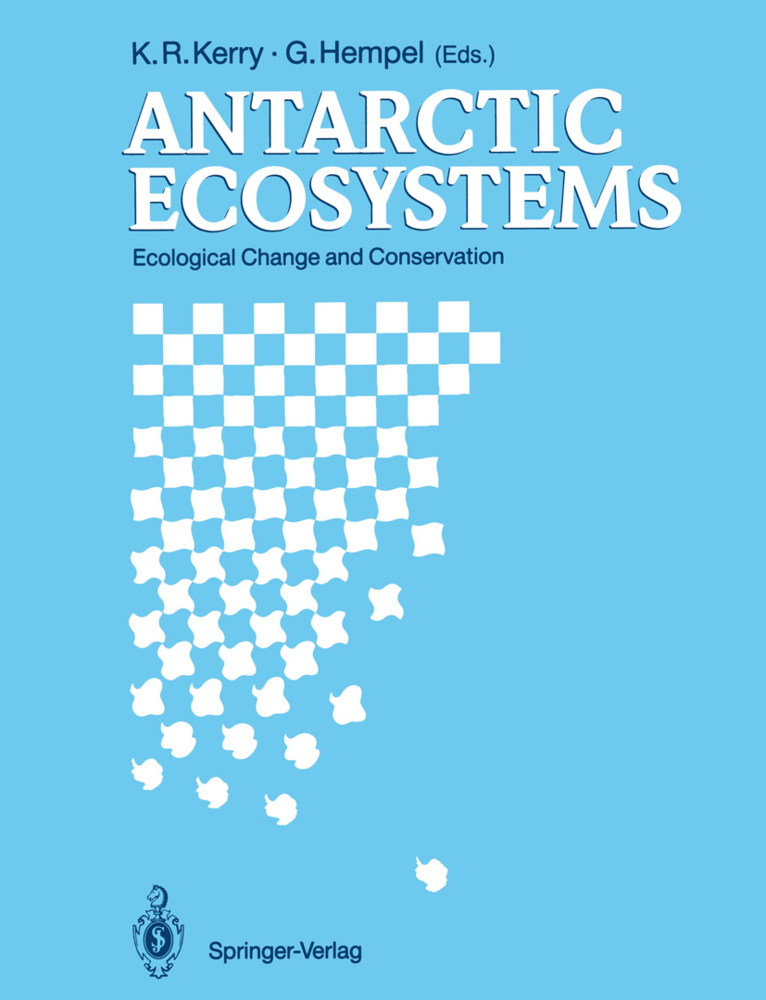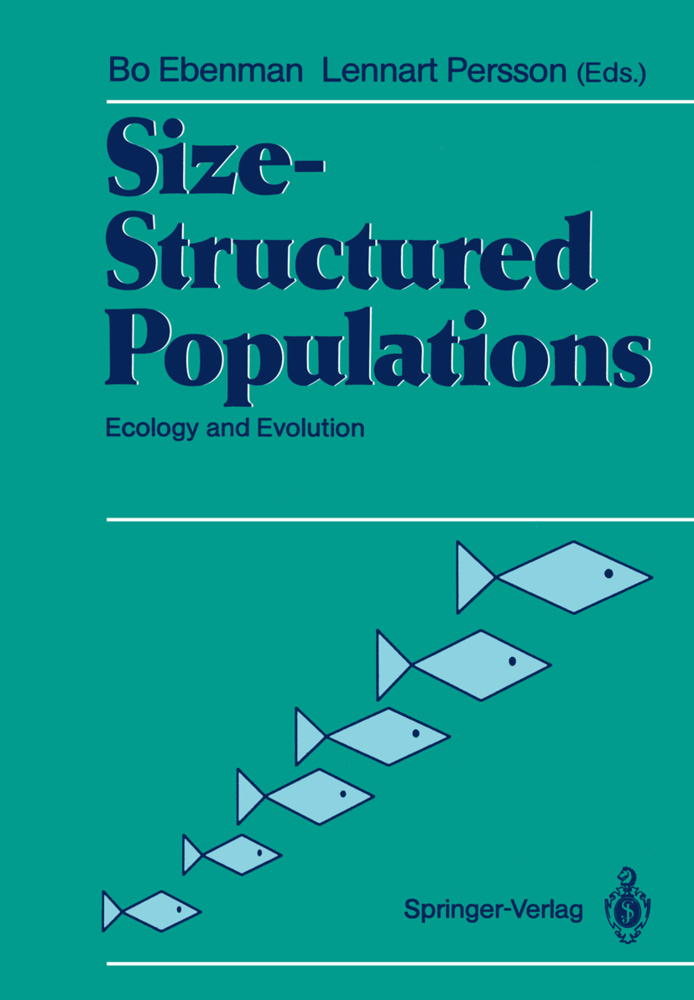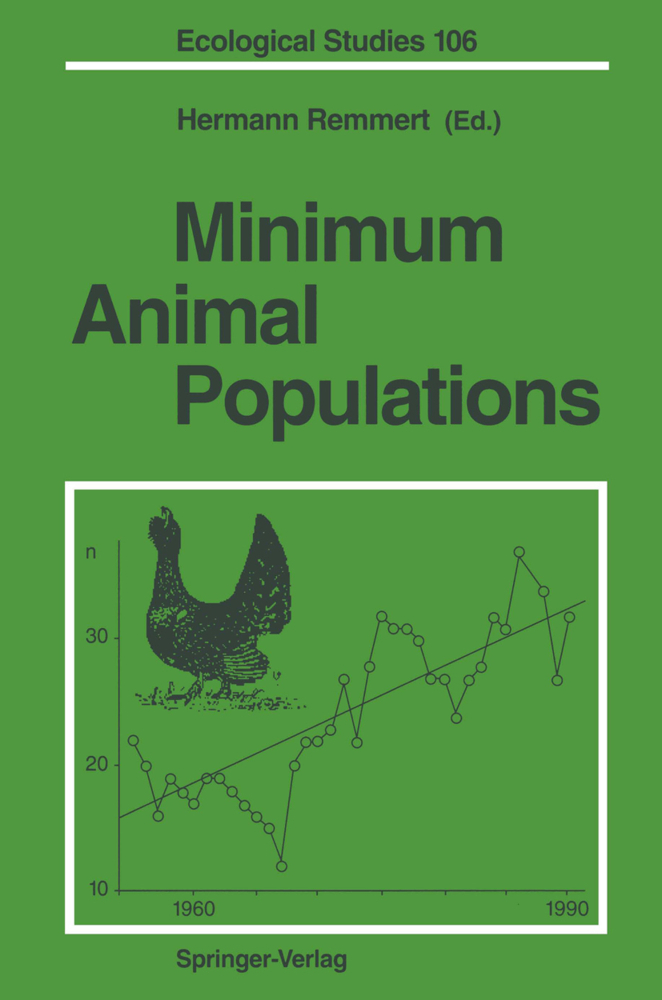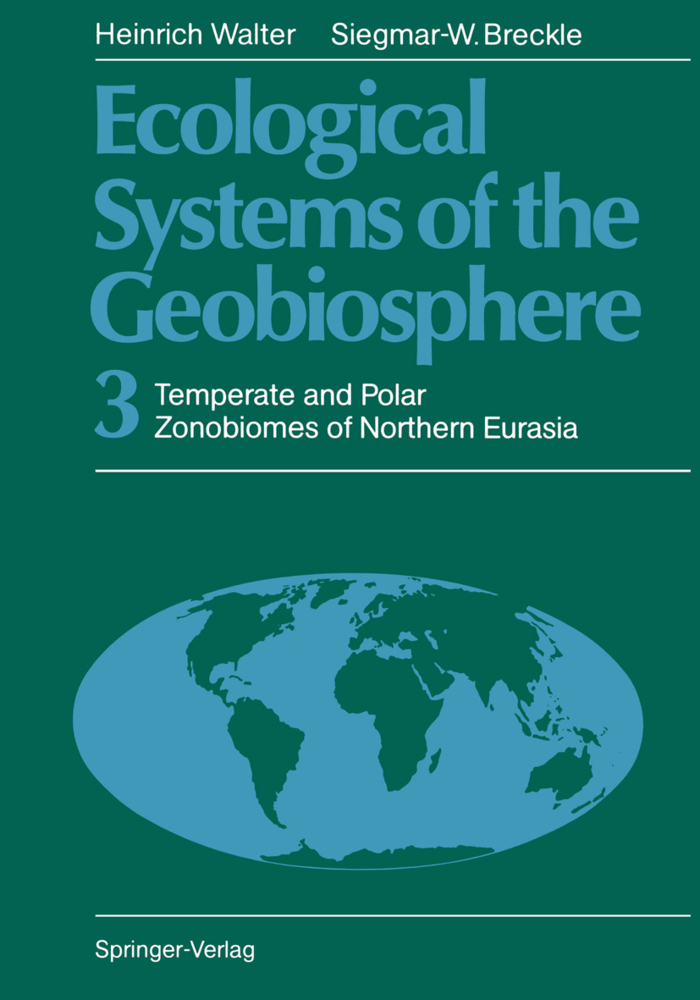Population Biology
Ecological and Evolutionary Viewpoints
Population Biology
Ecological and Evolutionary Viewpoints
Fascinated by the diversity of living organisms, humans have always been curious about its origin. Darwin was the first to provide the scholary and persuasive thesis for gradual evolution and speciation under natural selection. Although we now have much information on evolution, we still don't understand it in detail. Many questions still remain open due to the complexity and multiplicity of interacting factors. Several approaches mainly arising from population ecology and genetics are presented in this book in order to help understand genetic variation and evolution.
Factors Causing Variation in DNA
Population Genetic Consequences of Transposable Elements
Evolution of Genome Size
Gene Activity
Recombination
Phenotype-Genotype Transformation and the Role of Polygenic Analyses of Variation
2 Natural Selection: Measures and Modes
Differential Survival of Zygotes
Differential Fertility of Adults
Deviations from Random Mating
Sexual Selection and Nonrandom Mating
The Estimation of Fitness Values
Selection with Overlapping Generations
Fitness Maximization
Selection and the Biotic Environment
3 Mating Systems and Evolutionary Genetics
Direct Estimation of the Mating System
Population Genetic Consequences of the Mating System
Factors Affecting the Mating System
Overview
4 Population Structure and Process in Evolution
Evolution and Population Structure
Population Structure with Strictly Neutral Genetic Variation
Natural Selection and Population Subdivision
5 Genetic Diversity and the Ecology of Asexual Populations
Asexual Modes of Reproduction
Genotypic Diversity in Asexual Populations
Phenotypic Variation
The Ecology of Clones
Summary and Conclusions
6 Variation and Selection in Plant Populations
Spatial Patterns of Variation
Genetic Variation in Breeding Systems
Breeding Systems and Variation Surveys in Limnanthes spp
Variation in Different Species Groups
Molecular and Morphological Variation
Kinds and Intensities of Natural Selection
Variation and Evolution of Life Histories
Breeding Systems vs Life Histories
Variation, Selection, and Adaptation
Concluding Remarks
7 Patterns of Species Divergence and Genetic Theories of Speciation
The Problem of Species Formation
Genetic Structure of Species
Genetic Divergence Between Species
The Nature of Genetic Variation and Theories of Speciation
Genetic Mechanisms of Speciation in Plants vs. Animals
Speciation, Adaptation, and Macroevolution
Conclusions
8 The Evolution of Life Histories
The Ecological and Demographic Background
The Genetics of Life Histories
Environmental Complications
Discussion: The Genetical Ecology of Life Histories
9 The Methods of Genetical Ecology Applied to the Study of Evolutionary Change
Some Basic Concepts
Resemblance Between Relatives
Genotype-Environment Interactions
Discussion
Conclusions
10 In Search of Optima: Equilibrium Models of Phenotypic Evolution
Optimization Models in Evolutionary Biology
The Value, Problems, and Future of Optimization Models
11 Coevolution at Two Trophic Levels
Coevolution in Action
Indirect Evidence: Phylogenetic and Fossil
Genetics of Host-Parasite Interactions
Mathematical Models
12 Evolution and Competition
Density Regulation and Intraspecific Competition
Intraspecific and Interspecific Competition
The Role of Parameters in Population Growth Models
Exploitative Competition for Discrete Biotic Resources
Exploitative Competition in a Spectrum of Biotic Resources
Genotypic Variation in Resource Use
Evolution of Exploitative Competition
Symmetric Competition
Polymorphism and Exploitative Competition
Invasion and the Build-Up of Competitive Guilds
13 Evolution and Mutualism
Population Dynamics
Myrmecochory, Seed Predation, and Competition
The Evolution of Mutualism
Epilog
References.
1 Genetic Variation: Prerequisite and Consequence of Evolution
DNA, the Basis of InheritanceFactors Causing Variation in DNA
Population Genetic Consequences of Transposable Elements
Evolution of Genome Size
Gene Activity
Recombination
Phenotype-Genotype Transformation and the Role of Polygenic Analyses of Variation
2 Natural Selection: Measures and Modes
Differential Survival of Zygotes
Differential Fertility of Adults
Deviations from Random Mating
Sexual Selection and Nonrandom Mating
The Estimation of Fitness Values
Selection with Overlapping Generations
Fitness Maximization
Selection and the Biotic Environment
3 Mating Systems and Evolutionary Genetics
Direct Estimation of the Mating System
Population Genetic Consequences of the Mating System
Factors Affecting the Mating System
Overview
4 Population Structure and Process in Evolution
Evolution and Population Structure
Population Structure with Strictly Neutral Genetic Variation
Natural Selection and Population Subdivision
5 Genetic Diversity and the Ecology of Asexual Populations
Asexual Modes of Reproduction
Genotypic Diversity in Asexual Populations
Phenotypic Variation
The Ecology of Clones
Summary and Conclusions
6 Variation and Selection in Plant Populations
Spatial Patterns of Variation
Genetic Variation in Breeding Systems
Breeding Systems and Variation Surveys in Limnanthes spp
Variation in Different Species Groups
Molecular and Morphological Variation
Kinds and Intensities of Natural Selection
Variation and Evolution of Life Histories
Breeding Systems vs Life Histories
Variation, Selection, and Adaptation
Concluding Remarks
7 Patterns of Species Divergence and Genetic Theories of Speciation
The Problem of Species Formation
Genetic Structure of Species
Genetic Divergence Between Species
The Nature of Genetic Variation and Theories of Speciation
Genetic Mechanisms of Speciation in Plants vs. Animals
Speciation, Adaptation, and Macroevolution
Conclusions
8 The Evolution of Life Histories
The Ecological and Demographic Background
The Genetics of Life Histories
Environmental Complications
Discussion: The Genetical Ecology of Life Histories
9 The Methods of Genetical Ecology Applied to the Study of Evolutionary Change
Some Basic Concepts
Resemblance Between Relatives
Genotype-Environment Interactions
Discussion
Conclusions
10 In Search of Optima: Equilibrium Models of Phenotypic Evolution
Optimization Models in Evolutionary Biology
The Value, Problems, and Future of Optimization Models
11 Coevolution at Two Trophic Levels
Coevolution in Action
Indirect Evidence: Phylogenetic and Fossil
Genetics of Host-Parasite Interactions
Mathematical Models
12 Evolution and Competition
Density Regulation and Intraspecific Competition
Intraspecific and Interspecific Competition
The Role of Parameters in Population Growth Models
Exploitative Competition for Discrete Biotic Resources
Exploitative Competition in a Spectrum of Biotic Resources
Genotypic Variation in Resource Use
Evolution of Exploitative Competition
Symmetric Competition
Polymorphism and Exploitative Competition
Invasion and the Build-Up of Competitive Guilds
13 Evolution and Mutualism
Population Dynamics
Myrmecochory, Seed Predation, and Competition
The Evolution of Mutualism
Epilog
References.
| ISBN | 978-3-642-74476-1 |
|---|---|
| Medientyp | Buch |
| Copyrightjahr | 2012 |
| Verlag | Springer, Berlin |
| Umfang | XVIII, 456 Seiten |
| Sprache | Englisch |

